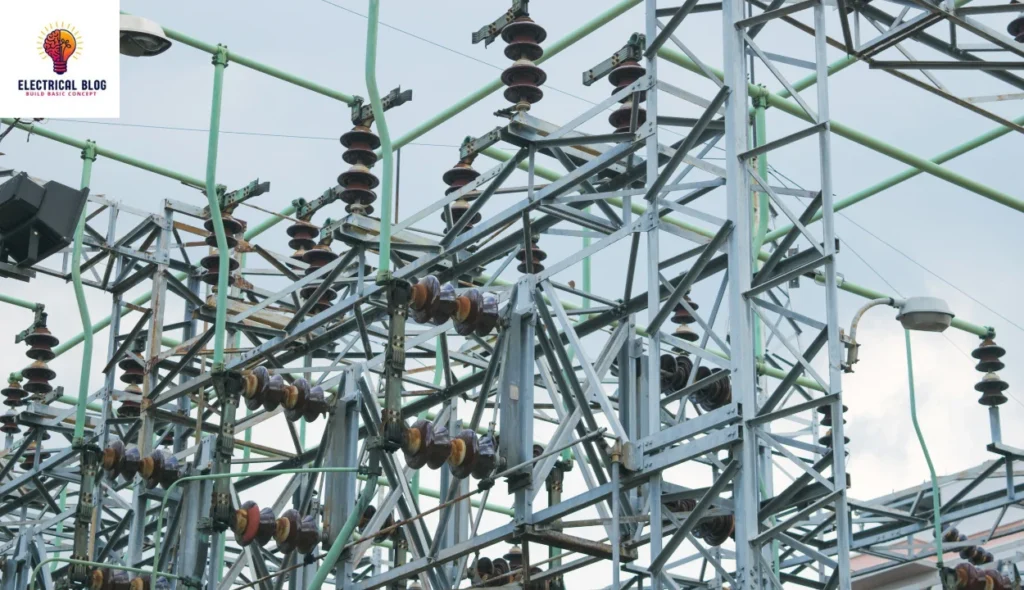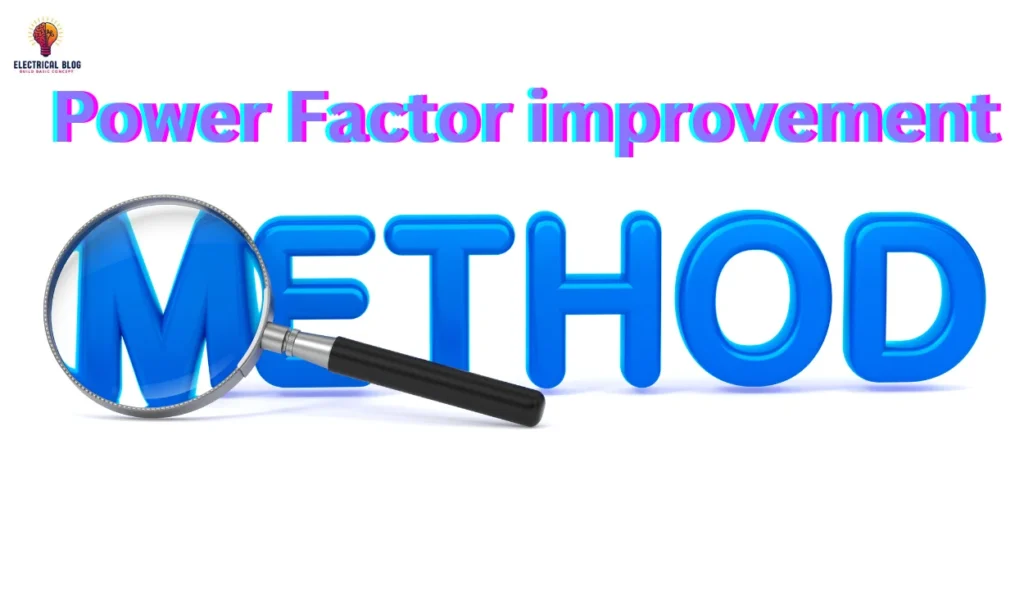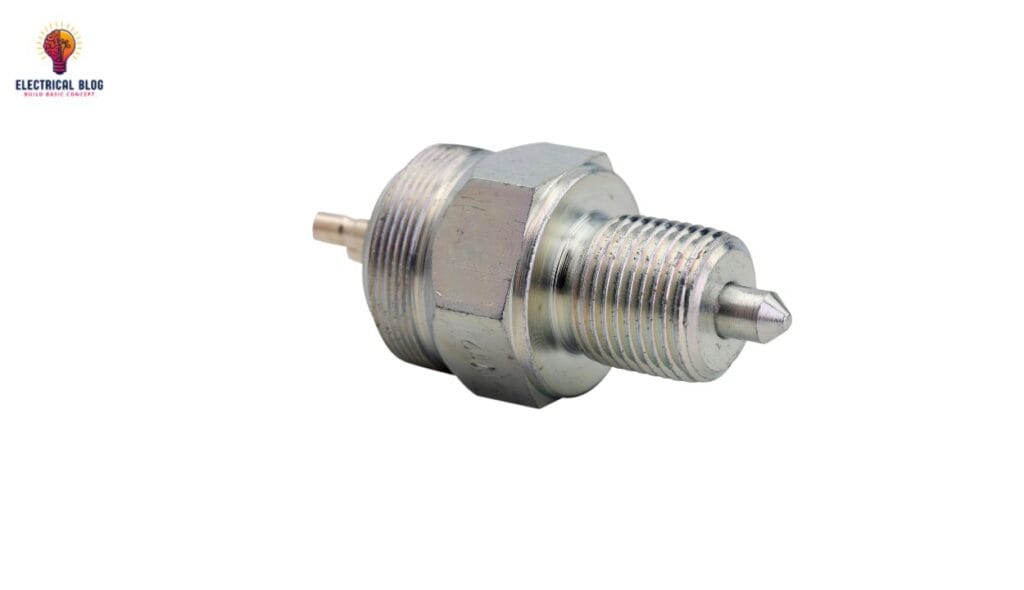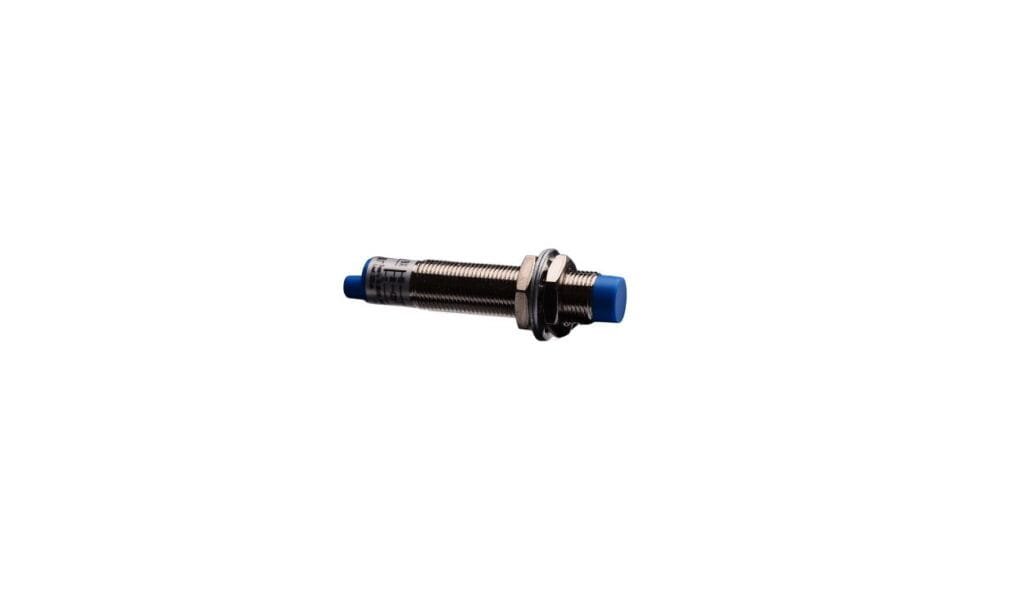Introduction
To improve the power factor, it’s important to know that it’s the ratio of real power to apparent power. A low power factor means more current is required to deliver the same amount of energy, which increases transmission losses and reduces system efficiency. This problem often occurs with induction motors, lamps, and other devices that produce a lagging effect.
To reduce such issues, correction techniques like capacitors, filters, and improved methods are used. These solutions can increase the performance of electrical systems while lowering costs. By applying these improvement techniques, electric power is more effectively transmitted and better consumed, improving the overall system efficiency. It’s important to learn these strategies for practical applications and better system economic outcomes.
What is Power Factor Improvement?
Power factor is the difference between active power and apparent power, reflecting how efficiently electrical energy is used. A low factor often results from induction machines, lamps, and other loads, which cause phase delays. This negative effect leads to higher demand on utilities, increasing tariff charges and reducing equipment lifespan.
Improving the power factor through correction methods helps avoid voltage drops, reduce costs, and improve system function. Using properly sized cables, adjusting loads, or changing machines can help achieve a unity power factor. By applying the right formula, factories can minimize charge increases and achieve maximum operating efficiency.
Understanding Power Factor
Power factor is the figure that shows how efficiently a system uses active power in an AC circuit. It is defined as the cos(Φ), where Φ is the angle between voltage and current. The formula for power factor is:
Power Factor = kW/kVA = cos(Φ)
In a parallel system, components like inductive and capacitive devices affect the power factor. The diagram forms a right-angled triangle with OAB, where OA is wattful power, the vertical is VAR, and the horizontal is watt power. Using capacitive correction helps shift the phase angle, and improvement occurs when the currents align closer to the voltage.
Reasons for Low Power Factor
Induction motors and transformers require magnetizing currents, which create a lagging effect in the system.
Arc furnaces, discharge lamps, and other heating appliances draw lagging currents, reducing the power factor.
Varying load conditions in industries cause a low power factor during non-peak hours, especially when equipment is operated at a lower load.
Increasing the number of 1-ϕ and 3-ϕ appliances without proper balance further increases power loss.
Undesirable practices, like running equipment during lunch or idle periods, contribute to voltage drops and reduce economic efficiency.
Drawbacks of Low Power Factor
A low power factor results in greater current flow, which increases I²R losses in the lines and reduces system efficiency.
Poor cosϕ leads to larger conductor sizes, adding extra costs to installed components such as transformers, alternators, and equipment.
Low power factor causes reactive power demand, reducing the effective kW output from the same kVA-rated systems.
Voltage regulation becomes unstable as Il (load current) varies proportionally with the decrease in voltage.
Complex distribution networks face challenges in handling and controlling terminal voltage fluctuations.
Lower power factor prevents the efficient utilization of power lines, making it expensive to transmit power across the supply network.
Benefits of Power Factor Enhancement
Improved power factor leads to a reduction in transmission losses, ensuring efficient power delivery through distribution lines.
Voltage drop is decreased, resulting in better system regulation, which helps both consumers and suppliers.
Increased system capacity allows kVA ratings of transformers, alternators, and other equipment to be utilized more effectively.
Improved kW output means the prime mover runs efficiently, enhancing plant performance.
Capital expenses are reduced since fewer unit additions are required for power generation and system improvements.
Overall, the cost is low, making power delivery more advantageous for industries and power plants.
Power Factor Improvement Calculation
To improve the power factor, a capacitor is used to provide a leading current that neutralizes the reactive part of the load. Assume the original power factor is cosϕ1 = 0.2 and needs to be improved to cosϕ2 = 0.3. The diagram shows the relationship between active and reactive components.
Step-by-Step Calculation
Calculate the original current:
I = P / V ⋅ cosϕ1
Find the reactive current in the original system:
ILsinϕ1 = I ⋅ sinϕ1
Calculate the required capacitor current for correction:
IcXc = ILsinϕ1 – ILsinϕ2
Find the required kVAR for the correction device:
Q = V ⋅ I_{cXc}
After correction, the total system current becomes:
ILcosϕ1 = I ⋅ cosϕ2
This correction method helps achieve a greater increase in system performance with less energy loss and improved equipment efficiency.
Power Factor Improvement Methods
To improve power factor, methods like static condensers, synchronous motors, and phase advancers are commonly used. Capacitor banks help with correction in low load conditions, while synchronous motors achieve unity power factor in inductive systems. Each method has its own drawbacks, so selecting the right solution is achieved by analyzing the system and its undesirable effects.
Static Capacitor Method
A static capacitor is an effective method to improve the power factor by reducing the lagging effect caused by inductive loads. These capacitors are connected in parallel to the circuit and introduce a capacitive component that cancels the unwanted inductive effects. By doing so, the Cosθ1 of the system improves, making the overall system more efficient.
When a capacitor is added, it supplies a capacitive current that acts in the opposite direction to the inductive current. This correction shifts the power factor angle from θ1 to a lower angle θ2, improving the system’s cosθ2. This method effectively adjusts the power flow, ensuring the remaining power is efficiently used by the load.

Using static capacitors is particularly vital for reducing enormous energy losses in systems with transformers, drives, and other inductive devices. These capacitors effectively wipe out the lagging component, enhancing voltage stability and improving the vector balance in the supply circuit.
Advantages
Easily installed with little space requirements, and no foundation is needed.
Offers low maintenance with few parts to manage.
Provides higher efficiency and reduces losses in the system.
Supports both star and delta connections in three-phase setups.
Initial costs are small compared to other components.
Extends the operating life of electrical equipment by stabilizing the voltage.
Disadvantages
Risk of being damaged by overvoltage conditions above the rated limits.
Can become uneconomical for systems needing over 8 to 10 units.
Does not suit rotating machinery, as it cannot handle sudden current spikes.
Synchronous Condenser
A synchronous condenser is a synchronous motor that operates without a mechanical load and is connected in parallel with the main power supply. By controlling its DC excitation, the machine can produce a capacitive effect that improves the power factor. It works effectively by developing a leading current, which cancels the lagging effect of inductive loads.
The synchronous motor achieves a unity power factor by adjusting its excitation level. When over-magnetization occurs, it acts as a capacitive source, helping to reduce unwanted reactive power. This improves system efficiency by stabilizing voltage and controlling fluctuations in the power supply, especially in large industries.

Since the synchronous condenser is part of the electrical system, it ensures better energy utilization. It also helps in decreasing losses in cables, enhancing savings potential. By adjusting the excited field, the stator effectively draws or supplies power as needed, making it ideal for partially loaded systems with fluctuating demands.
Advantages
Provides clear and corrective control over varying load conditions.
Capable of delivering fully or partially adjustable power-factor correction.
Disadvantages
Requires a higher cost for starting, installation, and maintenance.
Needs auxiliary equipment for self-starting since it cannot start on its own.
Occupies considerable space due to its size and components.
Produces noise during operation, impacting quieter environments.
Risk of overload during extended durations in unstable conditions.
Draws I (line current) even when lightly loaded, increasing energy losses.
May not be as efficient as a static capacitor in simpler correction systems.
Phase Advancer
A Phase Advancer is a device used to improve the power factor of induction motors by supplying the required exciting current. It is mounted on the shaft of the motor and directly excites the rotor windings to reduce the lagging effect. This method is widely utilized in industries to achieve better efficiency.

By providing external exciter current, a Phase Advancer allows the motor to develop more ampere-turns, improving power delivery. It helps remove the need for low power factor correction procedures in AC systems. This simple method efficiently handles primary reactive loads, reducing voltage drops and ensuring a stable source for electrical circuit performance.
Advantages
Improved power factor by supplying the necessary ampere-turns during operation.
Reduced energy losses since it operates at the same frequency as the AC supply.
Disadvantages
Not as economical as a synchronous condenser for over-excited conditions.
May fall in efficiency if the slip increases, causing the motor to draw excessive current.
Conclusion
Improving the power factor is essential for enhancing the efficiency and performance of electrical systems. Methods such as static capacitors, synchronous condensers, and phase advancers offer practical solutions. Each method has pros and cons. So, it’s crucial to pick the right one. Consider system needs, load type, and cost. Industries can cut losses and lower energy costs by using power factor correction strategies. This also boosts system efficiency. As a result, they ensure a stable and reliable power supply.



